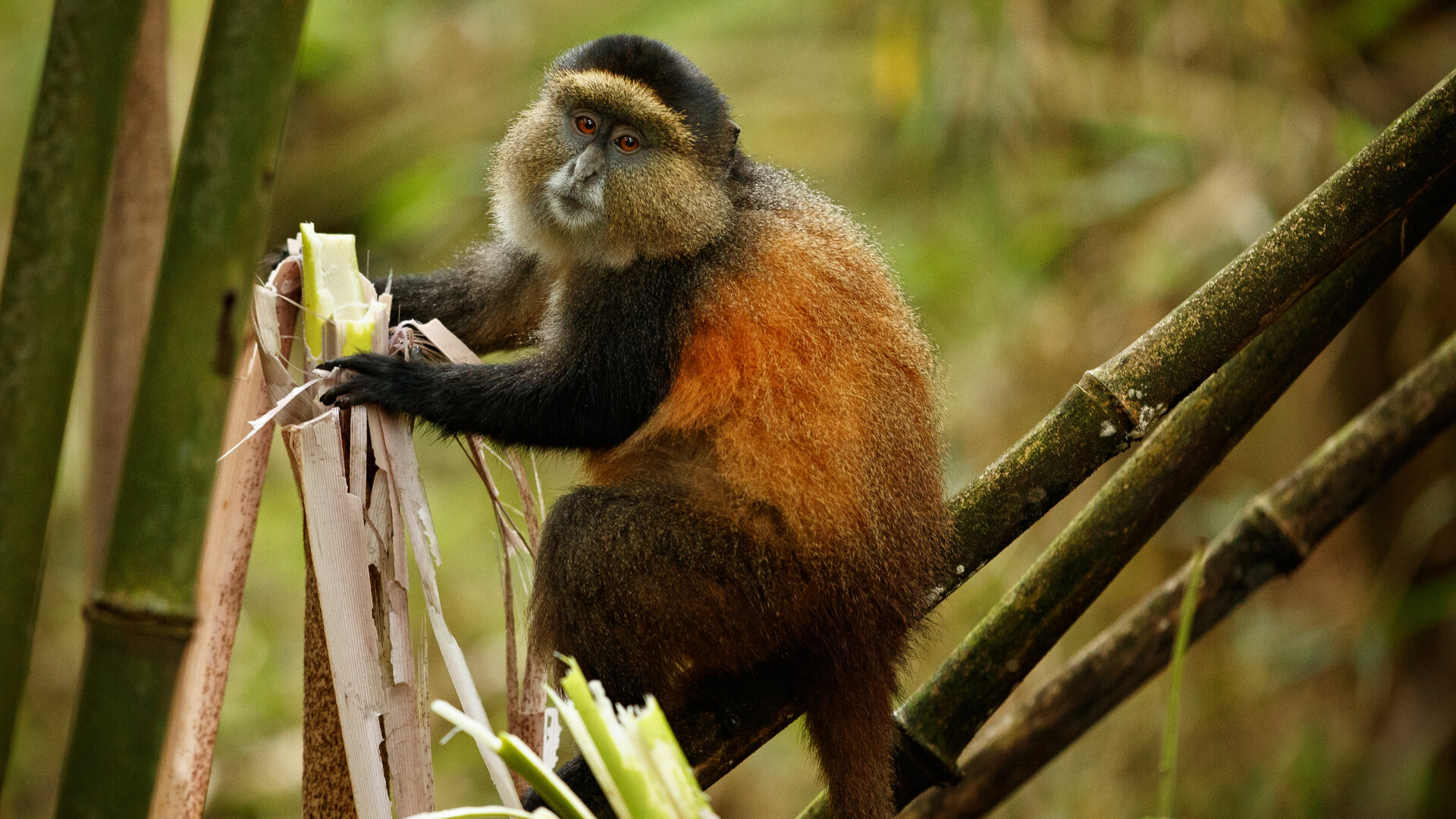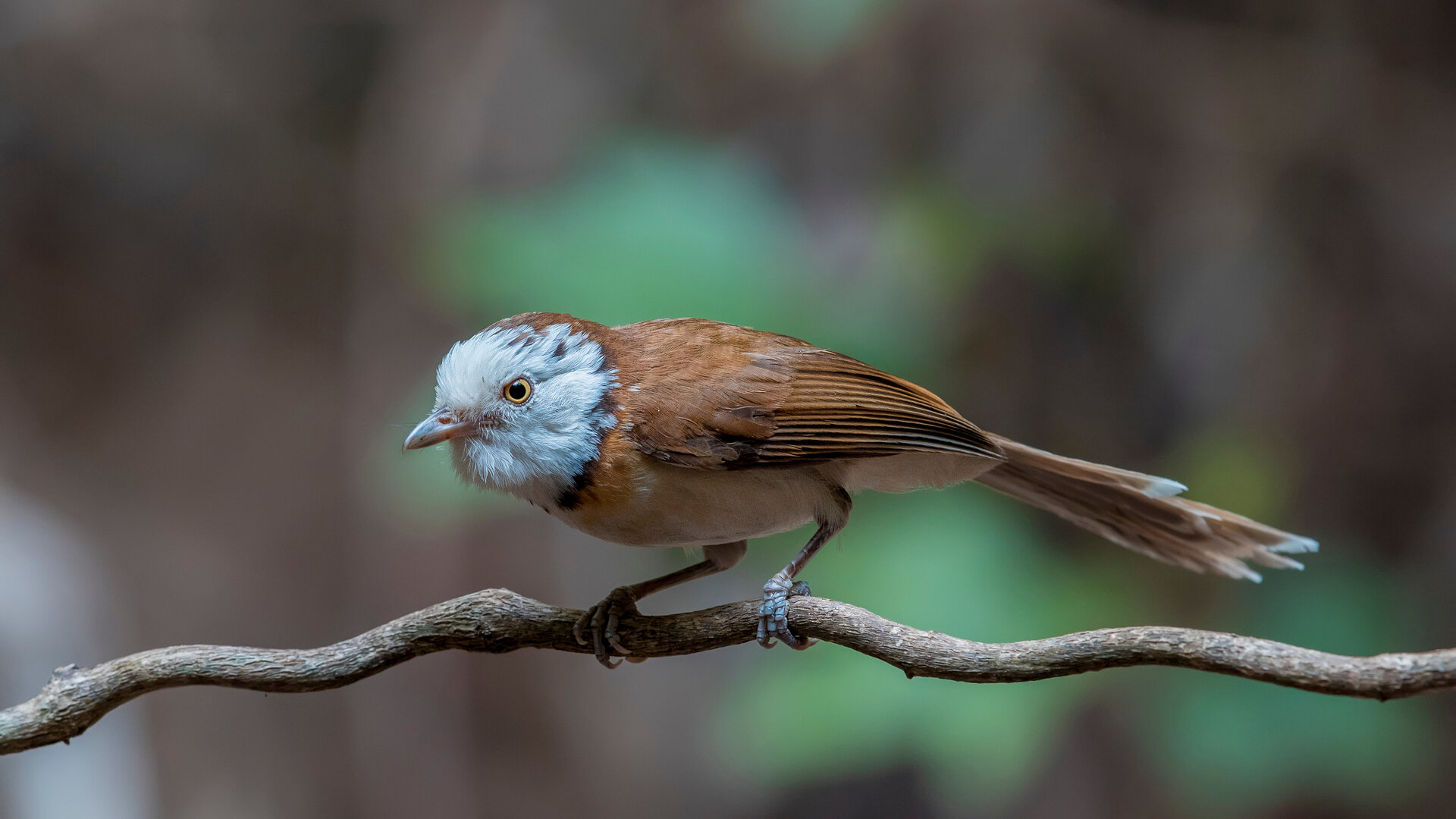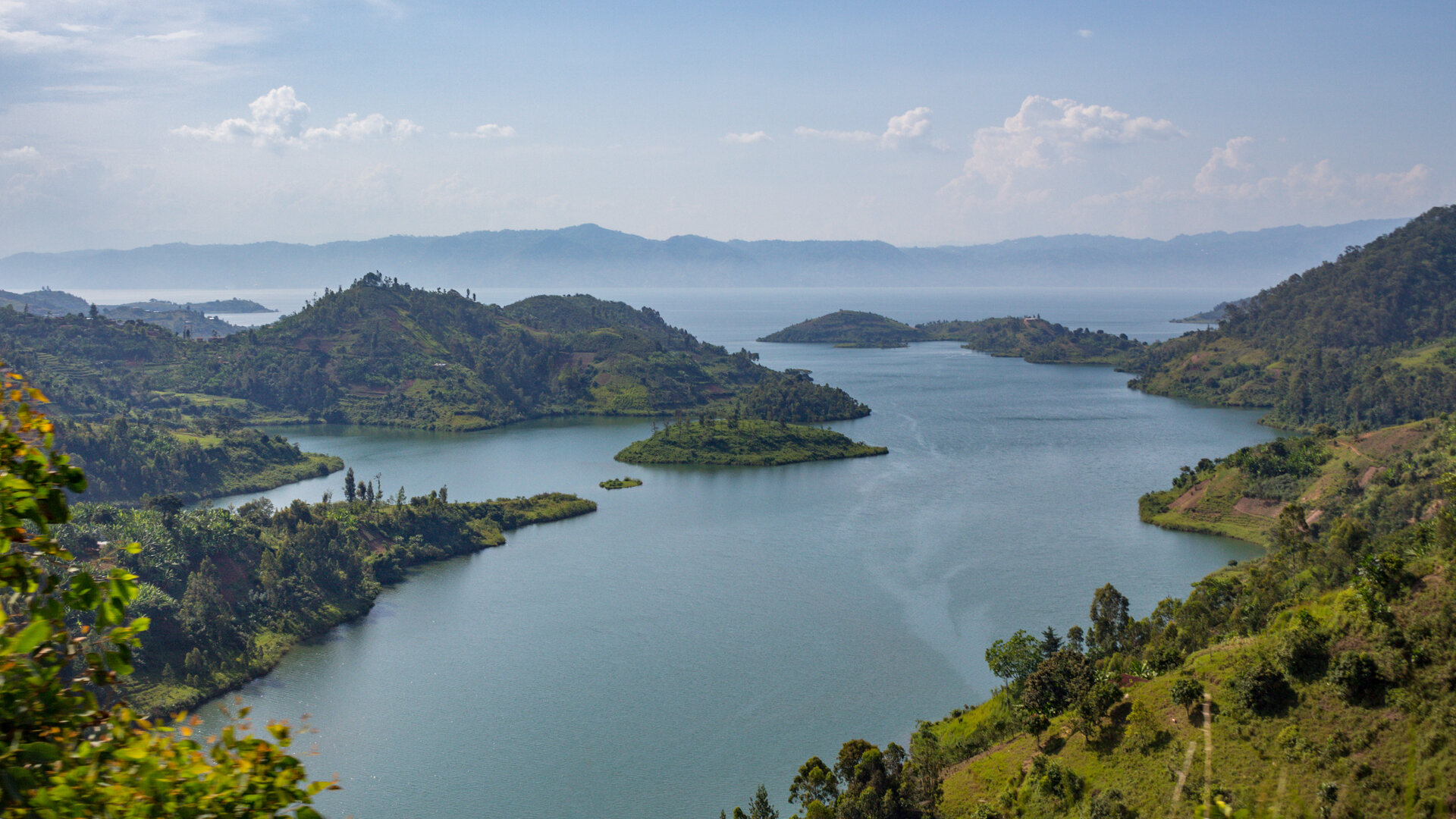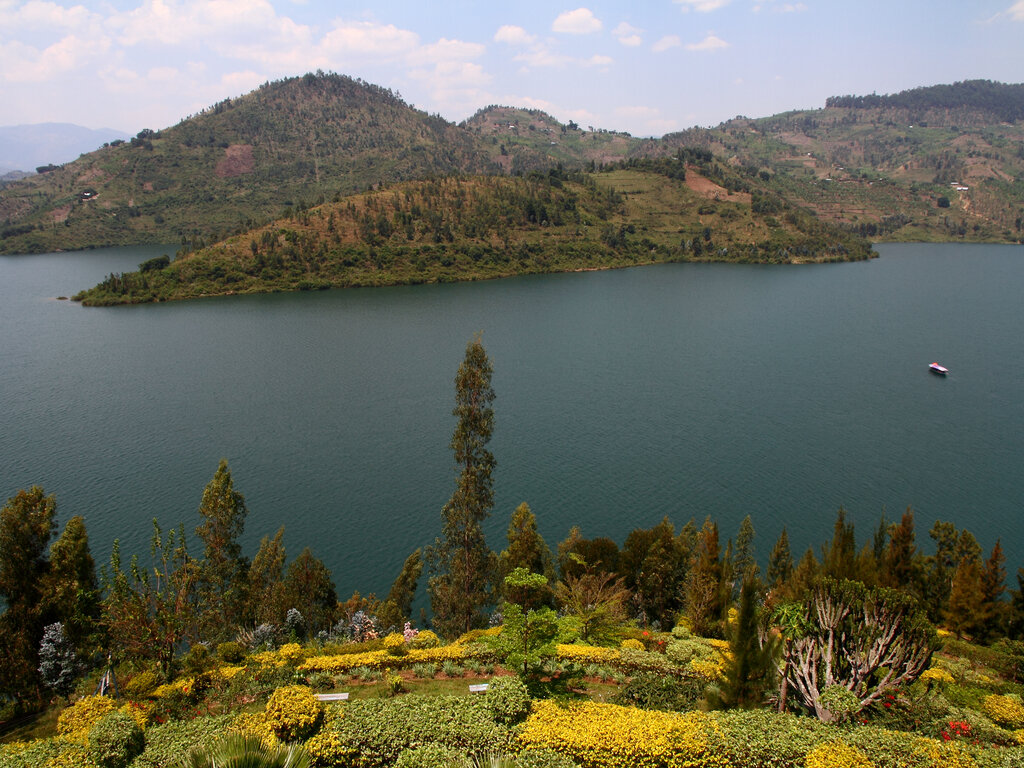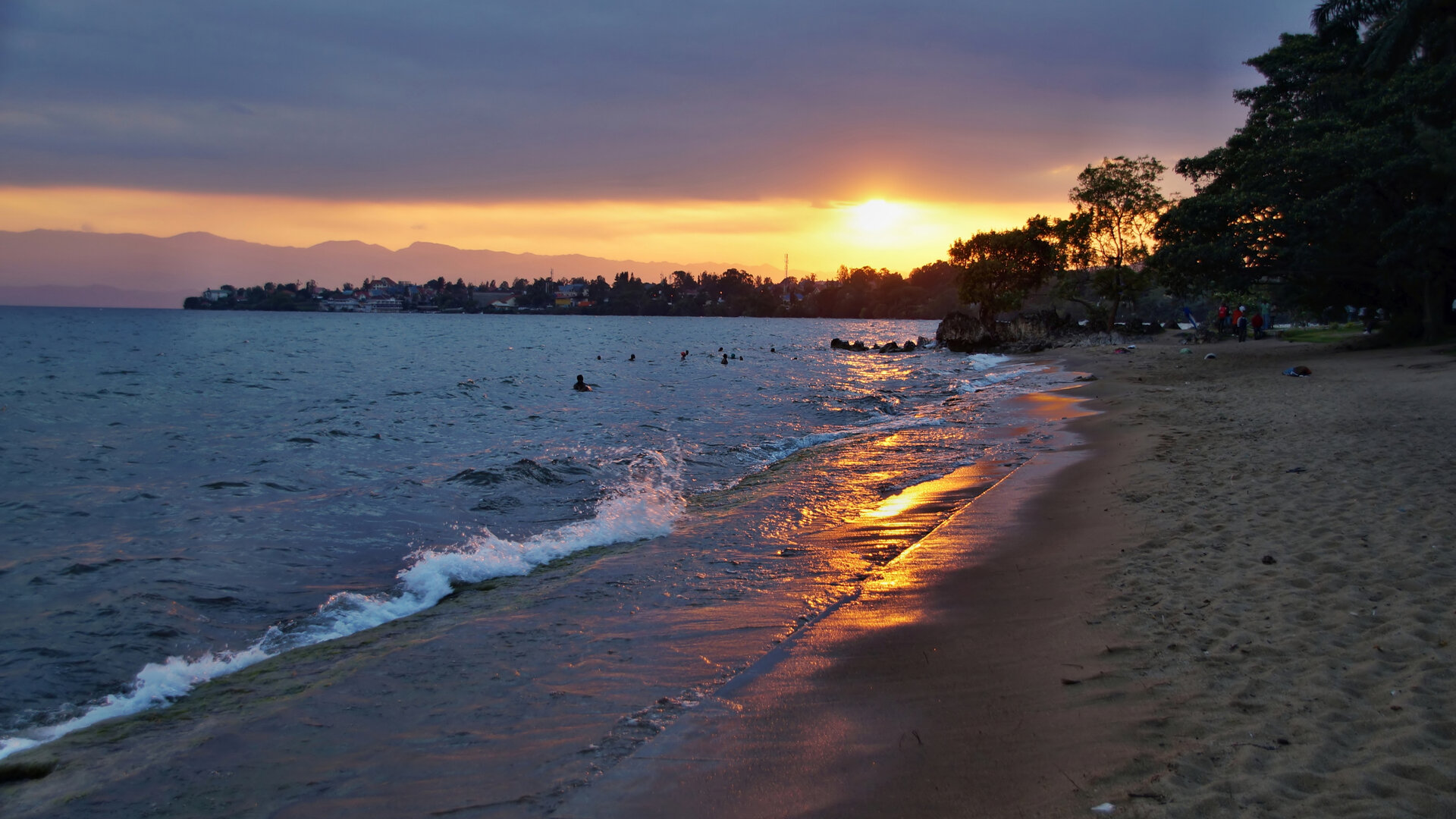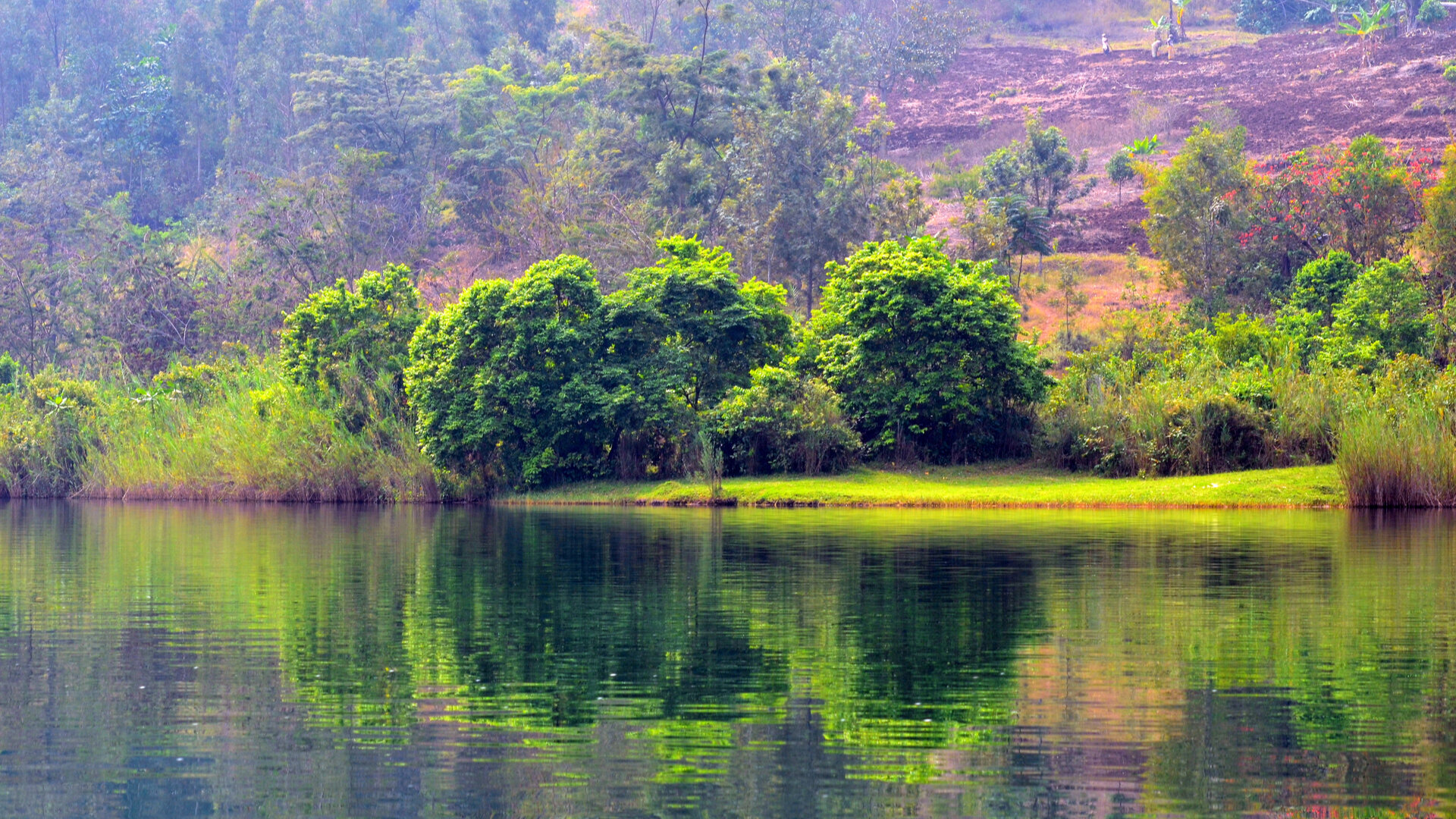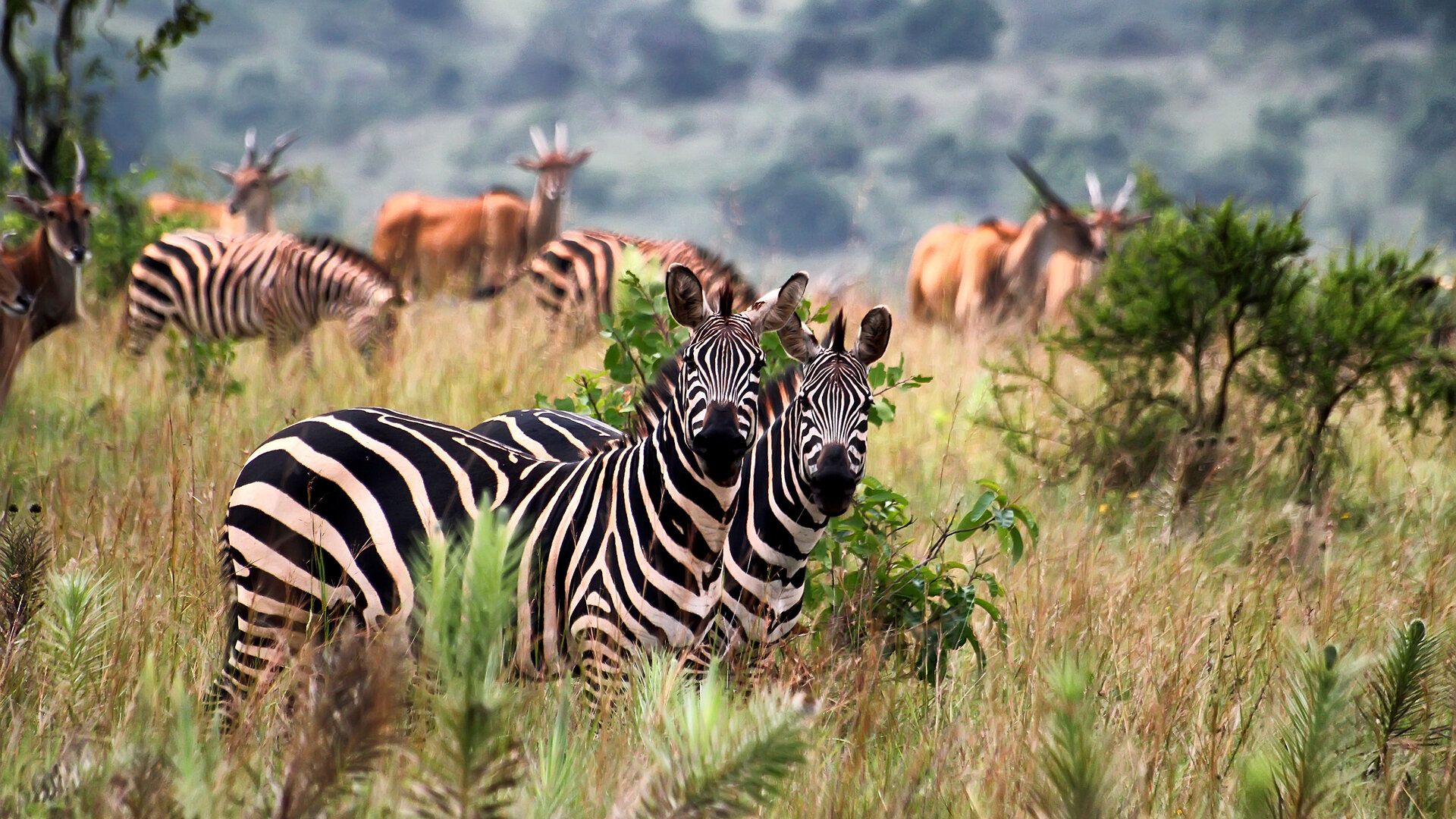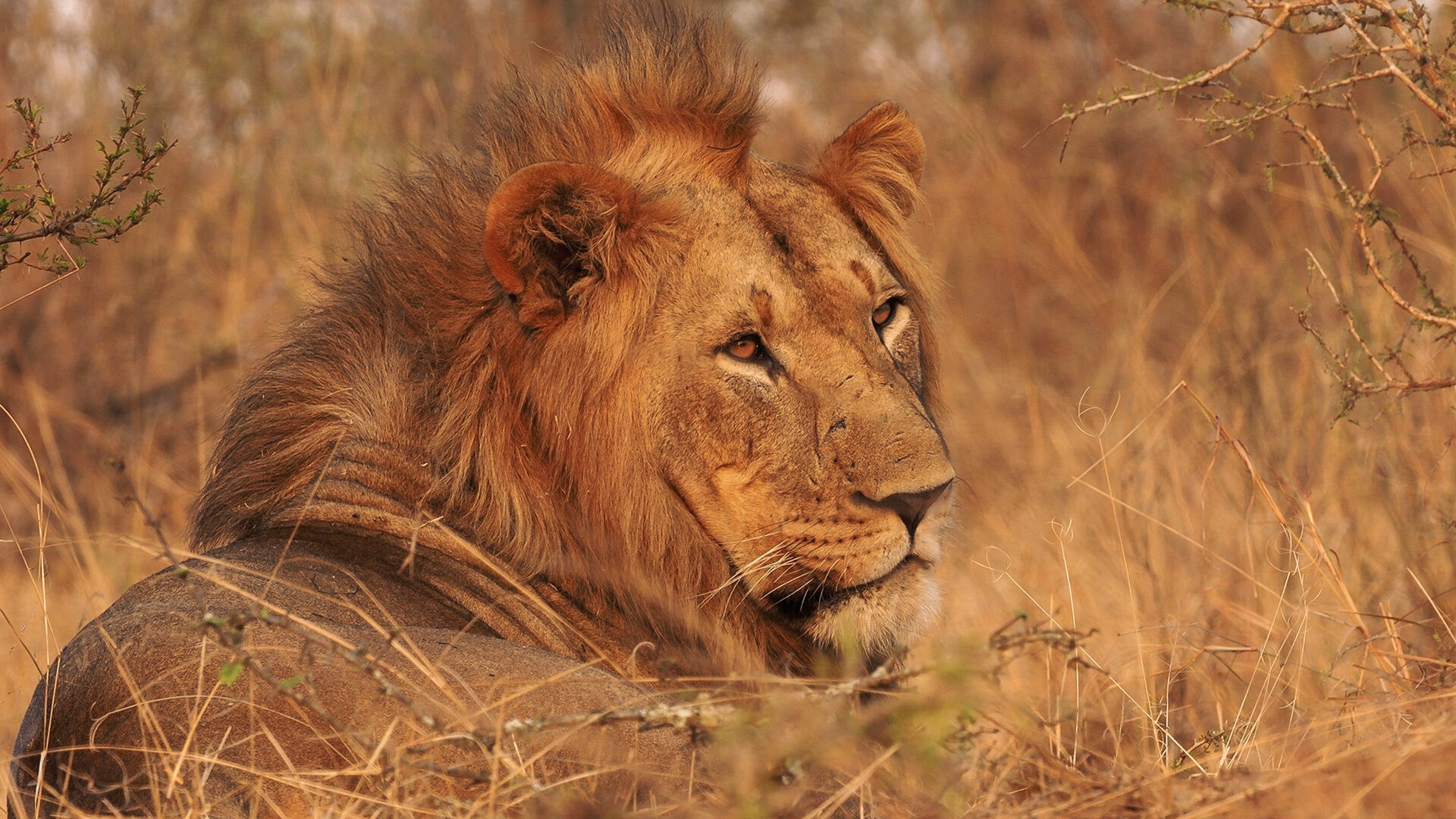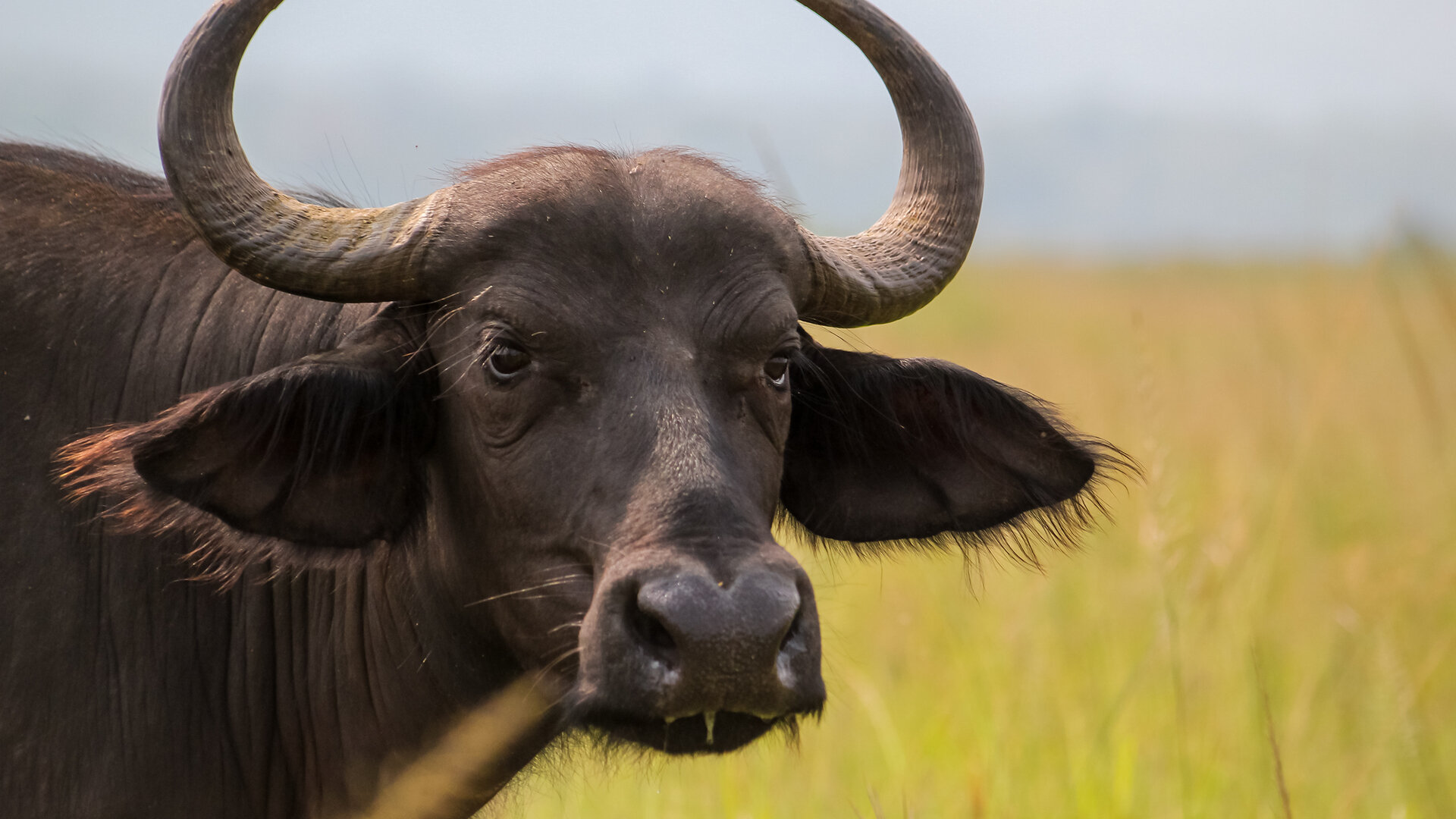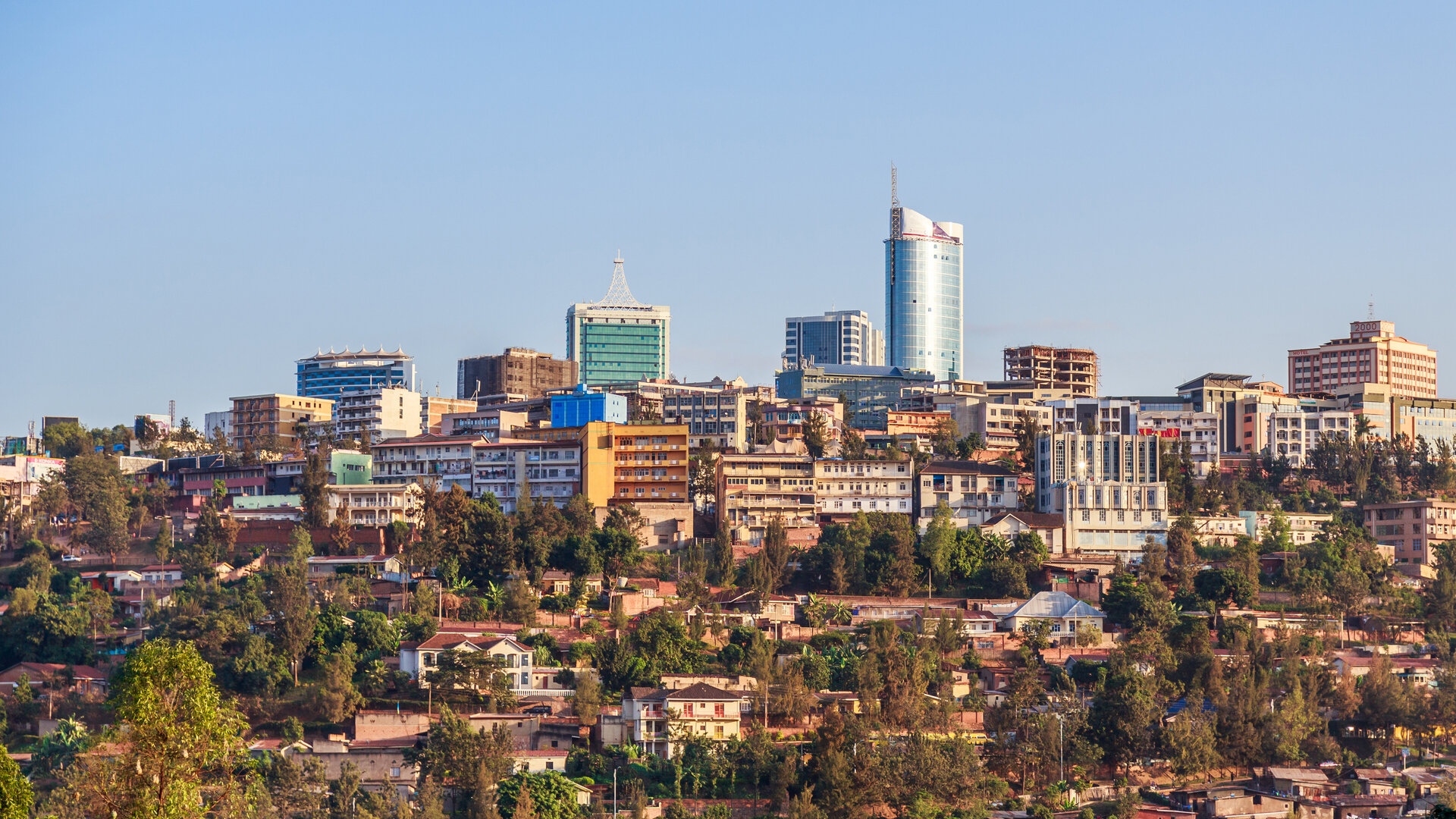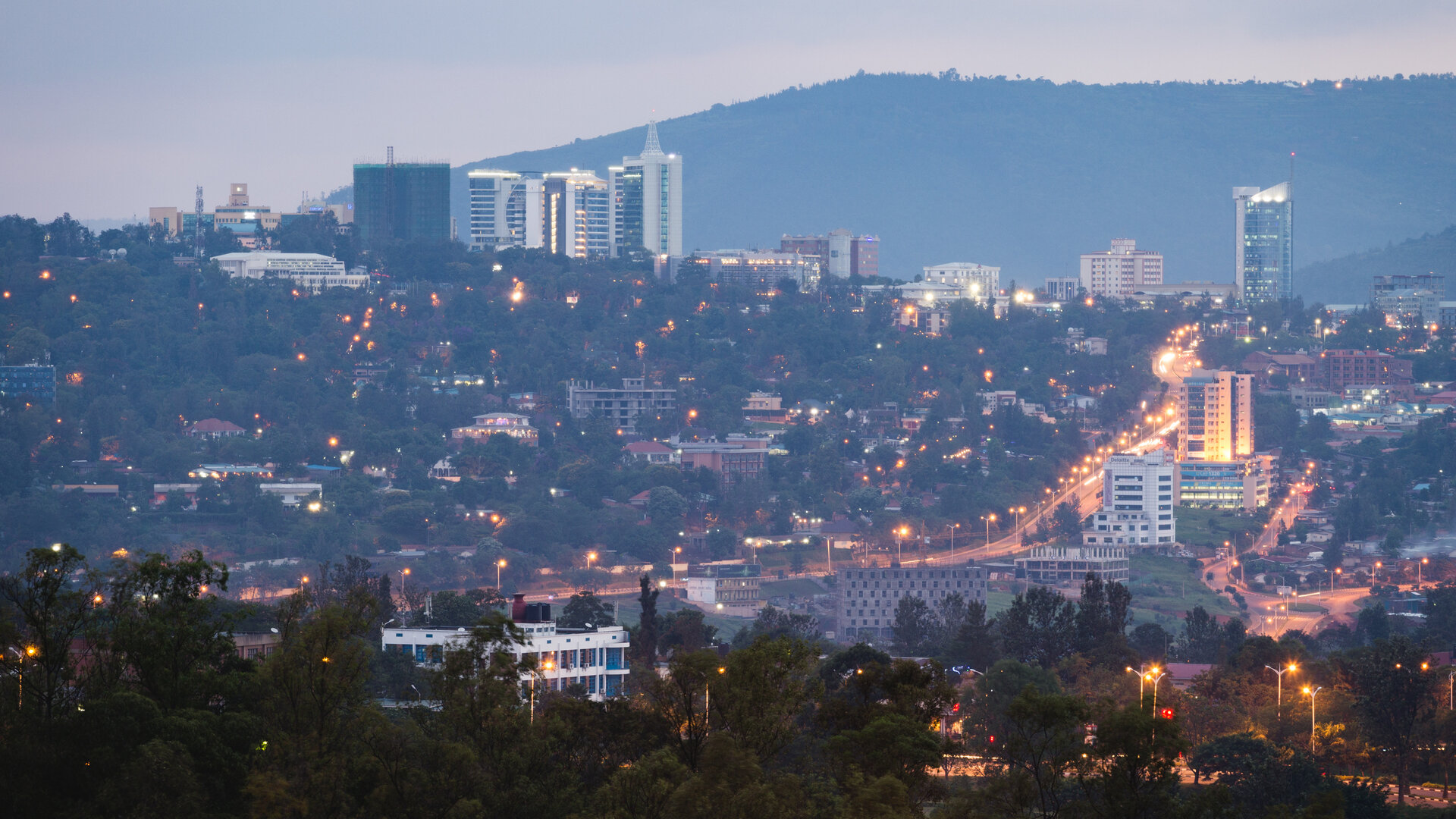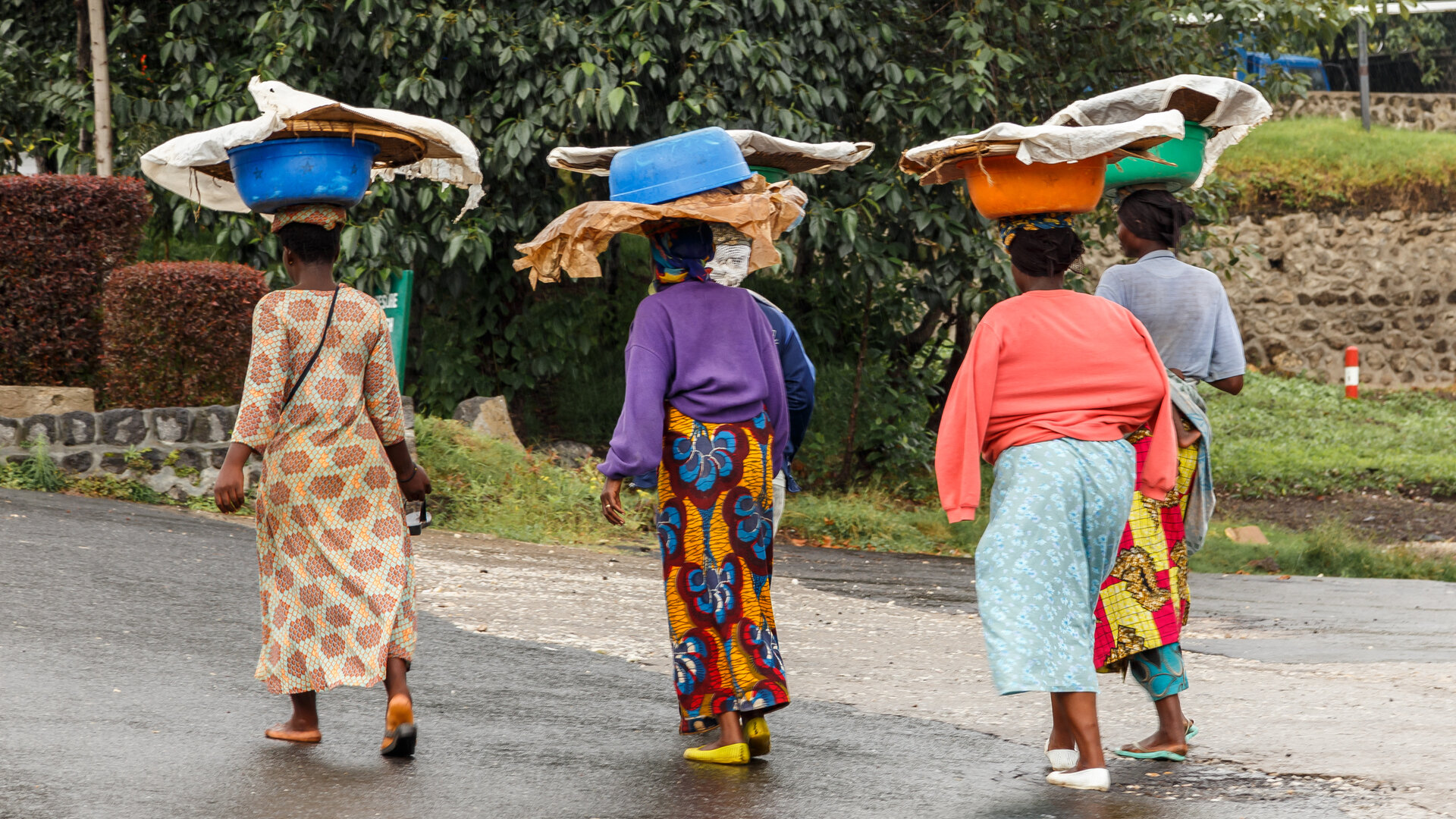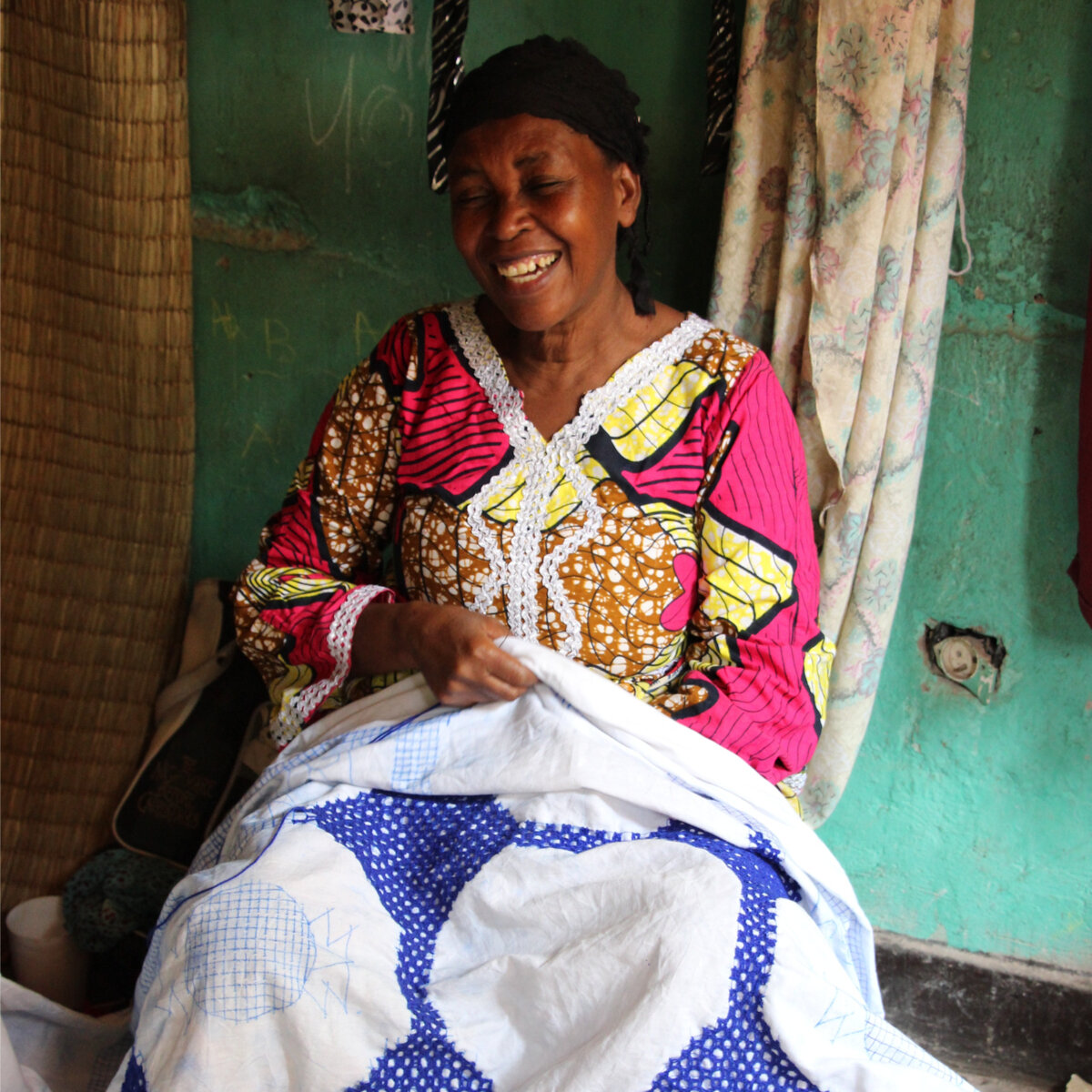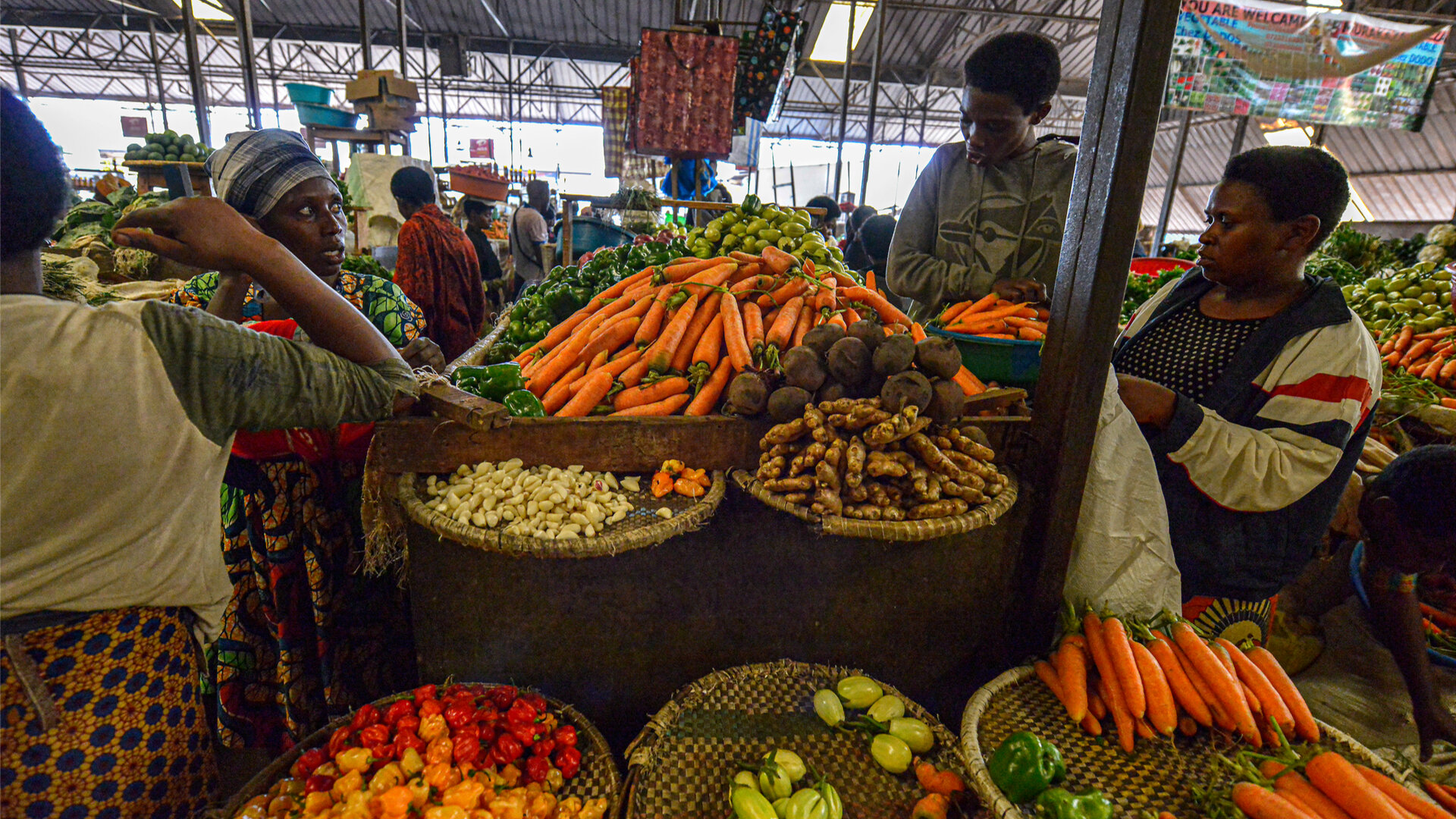The Best Destinations in Rwanda
Aptly called “The Land of a Thousand Hills,” Rwanda is a vibrant and beautiful country. Its location near Congo in the heart of Africa has gifted her with stunning scenery featuring mountains galore. This along with its enticing cultural heritage makes Rwanda an incredible trip for anyone with a desire to explore. It is also a country with a tragic past and offers profound lessons from which to learn.
We offer you this guide to the best destinations in the country, to make your trip very memorable!
Volcanoes National Park
Few places in Africa compare with excellent gorilla viewing more than Volcanoes National Park. But along with that epic exploration comes a hefty price, and reserving your spot months in advance is key. The recent price hike from $700 to $1,500 for gorilla permits by the Rwanda Tourism Board will stop many visitors from coming. However, if you can, it truly is an amazing experience! They strive for sustainability in tourism, and this way of traveling is the wave of the future.
The park is named after the dormant chain of volcanoes that make up the Viruga Massif - with Karisimbi as the highest peak at 4,507 meters (14,787 feet) above sea level. These lands are protected, largely due to the population of endangered gorillas and a rich mosaic of ecosystems in this montane forest land.
If you do decide to visit the gorillas, there are rules to follow. Gorilla viewing is restricted to one hour, and while picture taking is encouraged, flash photography is NOT allowed. Neither is eating or drinking during your visit. You'll be assigned to a small group of other fellow gorilla lovers (about 8 people total), to visit one of twelve gorilla tribes. Conservation is widely practiced with respect to viewing wildlife, so these restrictions are necessary.
The gorilla trek starts at the headquarters of the park at the entrance in Ruhengeri, where you will be welcomed with songs and dancing. You will meet your guide and then head out with your group to your gorilla tribe's location.
Even if you are not able to secure a coveted spot for gorilla viewing, do not despair. There are other treasures to behold in the park. Consider a cave exploring tour. The caves were formed 62 million years ago, and visits are organized through the RTB and start in Kinigi. Volcanoes National Park is also an important birding area with over 200 species of birds, including the Albertine rift. The rare golden monkey can also be found here.
Nyungwe Forest National Park
As one of Africa's largest and oldest protected rainforests, this National Park has one of the largest concentrations of chimpanzees and other primate species. Nyungwe is a 5-hour journey from Kigali, so you will want to spend at least one night in the area. This is an important place for biodiversity and is a high priority for forest conservation in Africa. With 1,000 plant species, 13 species of monkeys, and over 75 species of other mammals, it comes as no surprise that conservationists consider this a valuable
section of the continent. Sightings of Angolan colobi, grey-cheeked mangabeys, olive baboons, and Dent's monkey are virtually guaranteed.
The bird watching is among the best in Africa, with over 300 species of birds, including the red-collared babbler. Orchid lovers will marvel at the 140 different types of orchids. About 120 species of butterflies can also be enjoyed.
As you can imagine, hiking here is second to none. As you venture out into the lush, mist-covered rainforest, the forest canopy holds all manner of incredible foliage and wildlife. Memorable moments include hiking to the Isumo waterfall and along the Canopy Walk suspension bridge. The rainfall is so plentiful here that the forest supplies up to 70% of the country's water.
Lake Kivu
This gigantic lake on the northwest border of Rwanda near the Congo should be high on your list. It is the largest body of water in the country; indeed, it may seem like an ocean as you can't see the other side from its shores. Gisenyi (Rubavu) lies on the shores of Lake Kivu, and is as close to a resort beach destination as there ever was in Rwanda.
Kibuye (Karongi) is another lakeside destination popular with tourists, and worth checking out as it is one of the most scenic towns in the country. Steep hills falling into the deep green waters of the lake make for a very picturesque town. Rwanda's environmental museum is housed here. Rent a boat and visit nearby islands, not least of which is Napolean Hat Island. Do you like bats? Then this is the island for you! Fruit bats aplenty make their home here, and you can see them up close and personal.
Lake Kivu is devoid of hippos and crocodiles - this makes the lake a natural choice for kayaking, as the waters are safe. You can't say that about any other lake on the continent of Africa! And while there are many great resorts, hotels, and lodges on the lake, outdoor enthusiasts will love the many options for camping, especially on the uninhabited islands.
Akagera National Park
This park is the only area of Rwanda that offers the potential for seeing the Big Five on safari: African lion, African elephant, cape buffalo, rhinoceros, and African leopard. Although the most famous safaris of the Masai Mara and the Serengeti are not far away, save yourself an added trip through customs and visit Akagera for a similar safari experience. Giraffes, antelopes, and zebras are also prevalent, and more common for viewing. It is about a 2.5-hour drive east from Kigali.
Start your journey at the south end of the park, then drive north. There are a few places to stop along the way for picnicking or resting. Just be mindful when you are having your picnic lunch - you'll never know when you may run into a 'wild' resident who may get too close! If you choose to stay overnight, you have three options: camping in the park, the Akagera Game Lodge, or Ruzizi Tented Camp.
Akagera's story is remarkable. After the genocide of 1994, people fled here to survive and much of the natural resources (as well as most of the animals) were depleted. Since then, the national park is enjoying an incredible revival, and tourism is back in full force, always with conservation at the forefront of local's minds. The habitat is rich again with biodiversity in the form of lakes, marshes, savannah, mountains, and woodland. Kigali
Kigali
The capital city of Kigali is the heartbeat of Rwanda. It's long rolling hills dotted with houses are punctuated with small skyscrapers to mark the city's skyline. Motorbikes buzz around and the entire city is clean and quite safe. Wide, tree-lined boulevards and lovely squares are a joy to stroll around. The locals are warm and welcoming, should you need assistance or just want to have a friendly chat.
Its location in the center of Rwanda makes for the perfect home base as you plan your other activities around the country. Good roads link to the rest of the country and the city enjoys a progressive vibe, with just over a million residents.
Kigali is known for their lunch buffets. For a set price, you can enjoy a wide assortment of different African cuisine. Dine on fried fish, vegetables, meat stews, soup, rice, cabbage salad, and even French fries! Food prices are inexpensive, from 2,000 to 3,000 Franc (approximately $2.50 to $3.50 USD). An afternoon at Kimironko Market is just the thing to do after a satisfying meal. Browse hundreds of stalls selling clothing, fabrics, food, electronics, and other gadgets. The fabrics in particular offer incredibly beautiful and bright patterns, perfect for making your next dress. You can even pay a little extra to have the dress or other garment made for you!
Kigali also has an emerging arts scene. Stop by the Kigali Cultural Village, where local artisans and food vendors exhibit and trade or sell their goods. Shopping malls and office buildings give this city a truly cosmopolitan feel.
Of course, no visit to Rwanda would be complete without going to the Kigali Genocide Memorial. It is a heart-wrenching experience, but one not to miss and an important part of the country's history. The memorial is a center for education and peace-building and honors the memory of over one million Rwandans who were killed in 1994. Burial gardens and permanent exhibitions form a meaningful homage to those who died, while also providing a profound education to tourists.
Support Local Women by Shopping
During your travels in Rwanda, you will no doubt run into several cooperatives and social enterprises, with many things you can buy to take home as a token of your time here. Where else can you buy something as gorgeous as a colorful bag for as low as five dollars? Hand-made items such as woven baskets, earrings, and crafts are available. Each purchase goes to help local women to support their family, while also providing them business skills and English training.
The best times to visit Rwanda are the dry months, June through September. But no matter what time of year you decide to go, the beauty of Rwanda is everywhere, from its rolling hills to the smiles of the people you will meet here. But don't forget its tragic past; the genocide that happened less than two decades ago still lingers here and is an important part of the country's heritage. Since then, the country has united and prospered, and welcomes tourists with open arms. Respect this deeply humbling aspect of Rwanda in the people you encounter, and you will have a wonderful time.




